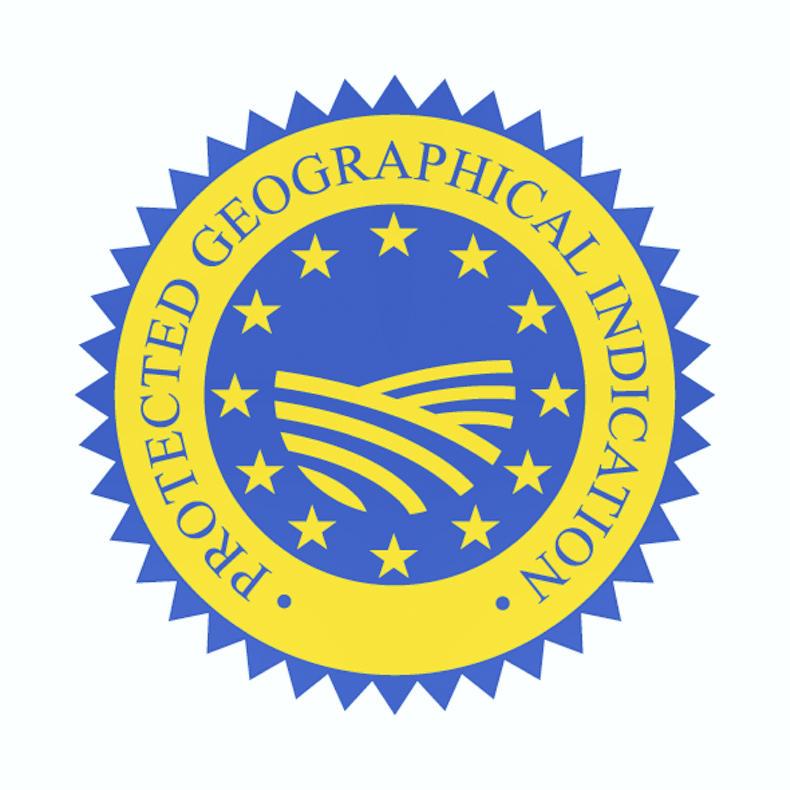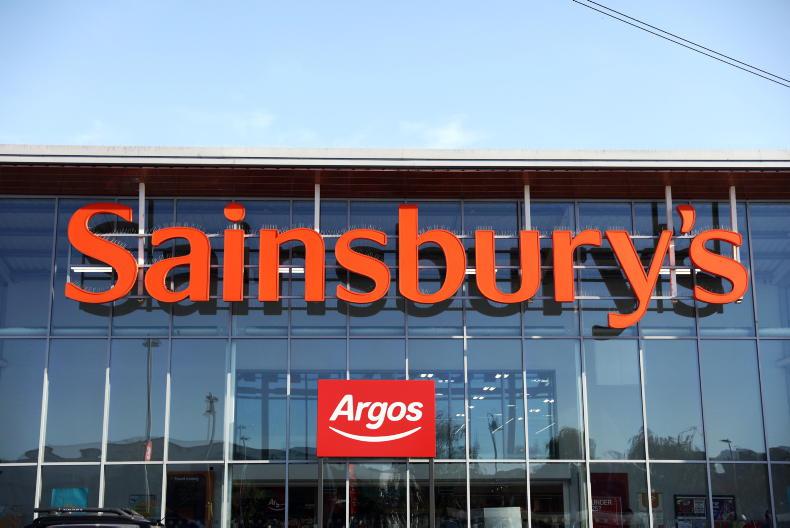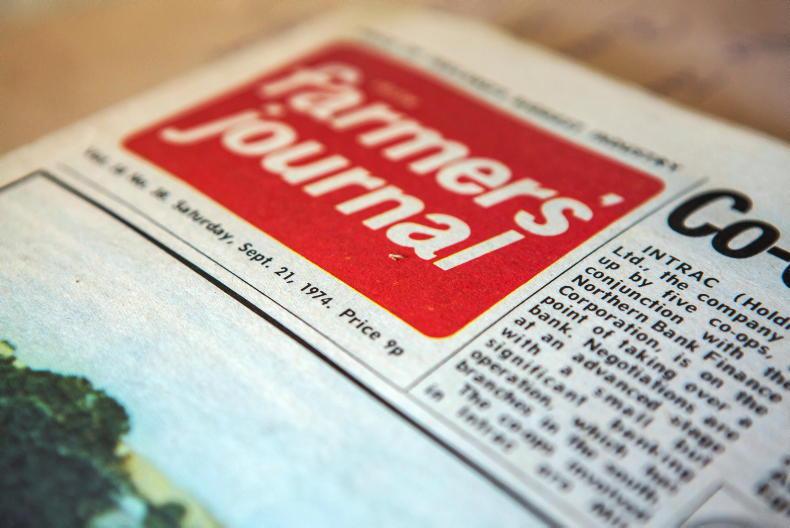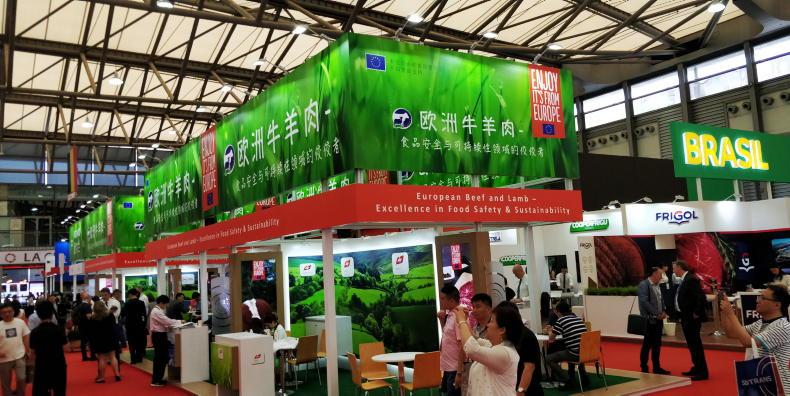Over half a century ago, the Irish dairy industry launched the Kerrygold brand, which is now associated with premium Irish dairy in global markets. It has been regularly debated whether or not we could do the same for beef, and a successful PGI application could be the start of that process.
What is a PGI?
A Protected Geographical Indication (PGI) is defined by the EU as “the relationship between the specific geographic region and the name of the product, where a particular quality, reputation or other characteristic is essentially attributable to its geographical origin.”
In the case of Irish beef, it would be a recognition that our beef is different and that difference is because of the characteristics of the place it is from. In the case of Ireland, the abundance of rain and grass, which regularly makes farming miserable, also means that grazed grass is the core feed used in our livestock industry, managed by family farms across Ireland.
Starting point
Making a PGI application means capturing these attributes and having them recognised. However, that in itself doesn’t create a brand for Irish beef, but it does create the opportunity to build a brand. What is more, it enables farmer levies be used to do so, without falling foul of State aid rules.
Having a PGI differentiates mainstream beef from speciality beef
For several years, promotional activity for Irish beef has had to tip-toe around using the word ‘Irish’, whereas Scotch beef and Welsh lamb, both of which have a PGI, have been able to promote their brand strongly.
This is likely to become even more difficult in the years ahead, as banning promotion of beef was in every draft of the EU’s Farm To Fork strategy, with the exception of the final one. Having a PGI differentiates mainstream beef from speciality beef.
Value in PGI
Scotch beef consistently commands a price premium in the UK, and Scotland is usually one of the highest farm gate price markets in Europe. How much having a PGI contributes to that is debatable, given that it has always been the best-priced region in the UK.
Wales secured a PGI for its lamb at the same time, and while it has recognition and visibility, prices are generally comparable with what is being paid across the UK. It has been a similar story with West Country beef, which has a PGI for beef produced in the south-west of England.
Greenfields was originally a Northern Irish brand, but was extended to the island of Ireland following the BSE export ban on UK beef in 1996
In Ireland, the industry has been down this road in the past, with some success – though it has been a while. Greenfields was originally a Northern Irish brand, but was extended to the island of Ireland following the BSE export ban on UK beef in 1996. It was built as a partnership between the levy boards, industry and farmers, but ultimately supporting it with levies was impossible due to State aid rules.
It remains part of the Albert Heijn portfolio, but is now essentially an own label brand, as opposed to being an industry and farmer collaboration.
MSA Australia
A more recent example can be found in Australia, where the levy organisation Meat and Livestock Australia (MLA) set up meat standards Australia (MSA) over 20 years ago. This was in response to consumer complaints about eating quality in Australian beef and MSA was designed as a grading system that gave predictable eating quality.
It has had its critics, but what will be of interest to farmers is that MSA grading steers have, on average, delivered a premium the equivalent of 16.5c/kg this year.
Start of a journey
The Irish PGI debate has generated controversy among farmers, particularly around what type of cattle should be included. While it is critical to secure farmer buy in, it is also vital that the opportunity to secure an Irish PGI for beef isn’t lost while we spend time on the debate.
We shouldn’t lose the opportunity to do this for beef because we cannot agree on all the details
Securing a PGI can be compared with securing planning permission, and perhaps going as far as putting in a foundation. We shouldn’t lose the opportunity to do this for beef because we cannot agree on all the details – rather, we should make the application and secure the designation.
Afterwards, if there is consensus to modify the eligibility criteria, then that can be pursued. It would also be helpful to find a way of accommodating Northern Ireland interest, given the number of Irish cattle and beef carcases that are processed there.










SHARING OPTIONS